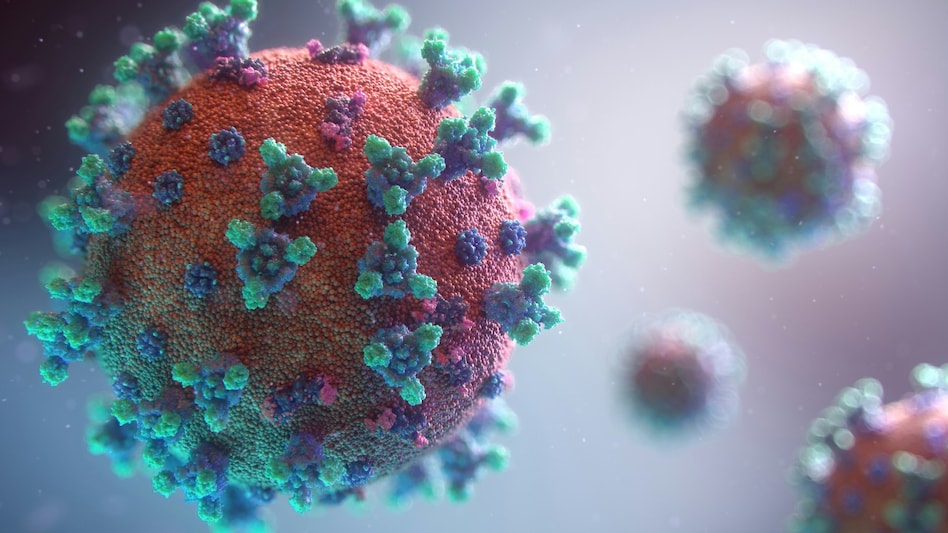 COVID-19 resurgence in Asia: What you need to know about the JN.1 variant
COVID-19 resurgence in Asia: What you need to know about the JN.1 variant
 COVID-19 resurgence in Asia: What you need to know about the JN.1 variant
COVID-19 resurgence in Asia: What you need to know about the JN.1 variantAs India witnesses a marginal uptick in COVID-19 cases, health authorities are turning their focus to the JN.1 variant, a sublineage of Omicron that has sparked fresh waves of infections in parts of Asia. With rising hospitalisations in Singapore and deaths reported in Hong Kong, the variant is under close scrutiny globally, even though India's current Covid situation remains largely under control.
What is the JN.1 variant?
The JN.1 variant is a newer version of the coronavirus that comes from the Omicron BA.2.86 family. It was first found in August 2023.
Doctors and researchers at Johns Hopkins Medicine say that JN.1 has picked up a couple of extra changes (mutations) that help it spread more easily from one person to another. It also has about 30 mutations that make it harder for the body’s immune system to fight it, more than any other variant seen at that time.
Yale Medicine says that one of these changes in its spike protein (the part of the virus that enters our cells) might help the virus escape the body’s immune defences even more, though more research is still needed.
Even though the original BA.2.86 version didn’t spread widely, JN.1 is doing a better job at spreading and has now been found in many clusters around the world.
Symptoms associated with JN.1
Here’s a list of symptoms tied to the JN.1 variant:
Dry cough
Runny or blocked nose
Headache
Sore throat
Fever
Fatigue or exhaustion
Loss of taste or smell
Diarrhoea (observed more frequently in this variant)
What’s the situation in India?
As of May 19, 2025, India has reported 257 active COVID-19 cases, the highest in a year, but health authorities stress there’s no cause for concern. A review meeting chaired by the Director General of Health Services and involving experts from NCDC, ICMR, and other bodies concluded that “the current Covid-19 situation in India remains under control.”
“Almost all of these cases are mild, with no hospitalisation required,” a government source told PTI. States such as Kerala, Maharashtra, and Tamil Nadu are reporting the highest numbers, but the overall national figures remain very low relative to India's population.
Why the concern then?
Recent surges in Hong Kong and Singapore have prompted Indian authorities to ramp up surveillance. In Singapore, weekly cases jumped from 11,100 in late April to 14,200 in early May, a 28% spike. Hospitalisations also rose by nearly 30%. In Hong Kong, the city recorded its highest weekly death toll in a year, with 31 fatalities and over 1,000 new infections reported in the first week of May.